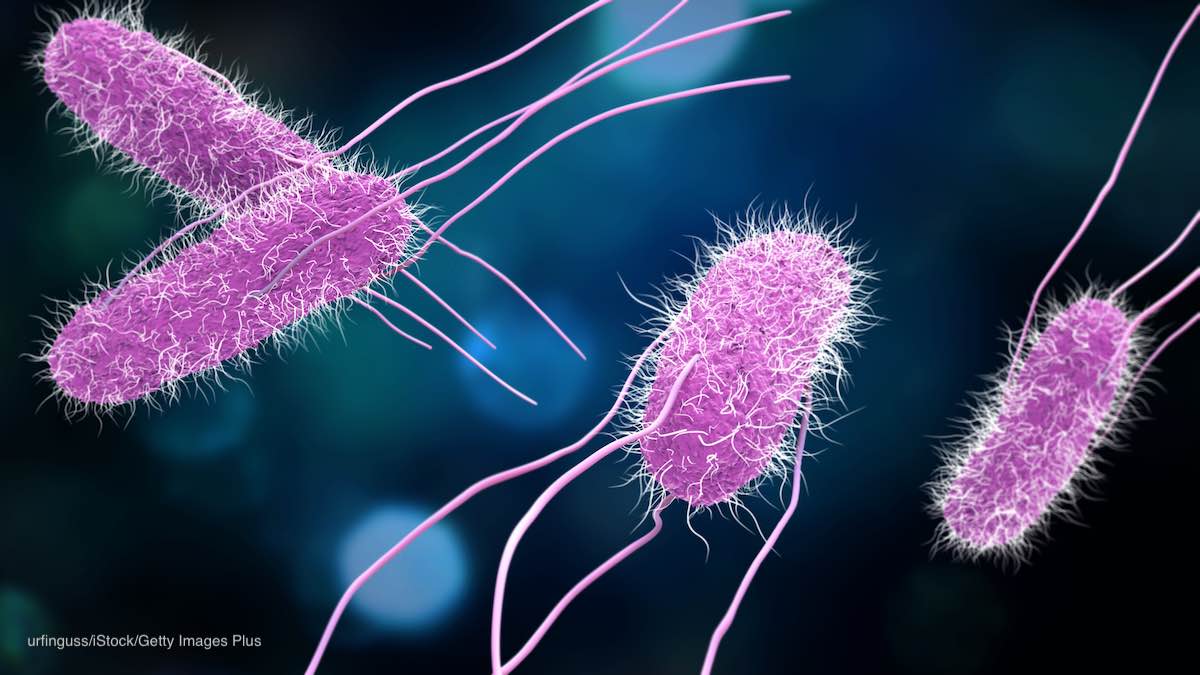There are currently two Salmonella outbreaks in the United States making people very sick. The first is a Salmonella Adelaide outbreak that is linked to precut melons. The second is a Salmonella Mbandaka outbreak that is linked to Kellogg’s Honey Smacks cereal. So what do you need to know about Salmonella bacteria?

First, this pathogenic bacteria is everywhere. Salmonella is found in animal guts, in people, and in the environment. Salmonella outbreaks have been linked to chickens, eggs, pistachios, raw tuna, sprouts, nut butter, pork, and cucumbers. About 1,000,000 people are sickened with Salmonella infections every year in the U.S.
Contaminated foods do not look, smell, or taste different, and there is no change in the texture of the product. Any food can be contaminated with this pathogenic bacteria.
This type of food poisoning is more common in the summer. Unrefrigerated foods warm up more quickly in the summer months, which spurs the growth of this pathogen. And people take food such as chicken on picnics, where the product can be subject to temperature abuse.
The symptoms of a Salmonella infection include fever, abdominal cramps, nausea, vomiting, and diarrhea that may be bloody. While these symptoms are severe, most people do not see a doctor; that means that this illness is very underreported. Epidemiologists use a number called a “multiplier” to estimate the number sickened in a Salmonella outbreak: that number is 29. That means that 29 times more people are sick in a typical Salmonella outbreak than are reported to government officials.
To avoid a Salmonella infection, follow a few rules. First, never eat raw or undercooked eggs. Chickens can carry Salmonella bacteria in their ovaries. That means the bacteria is deposited directly into the eggs. Salmonella is destroyed by heat: all eggs and dishes containing eggs should be cooked to 160°F.
Second, be careful when handling raw chicken. Cross-contamination can easily occur in a kitchen when juices from the raw bird drip onto surfaces, utensils, the kitchen sink, and plates and serving pieces. Never put cooked chicken on a plate that held the raw chicken. And thoroughly clean your kitchen after working with raw poultry.




